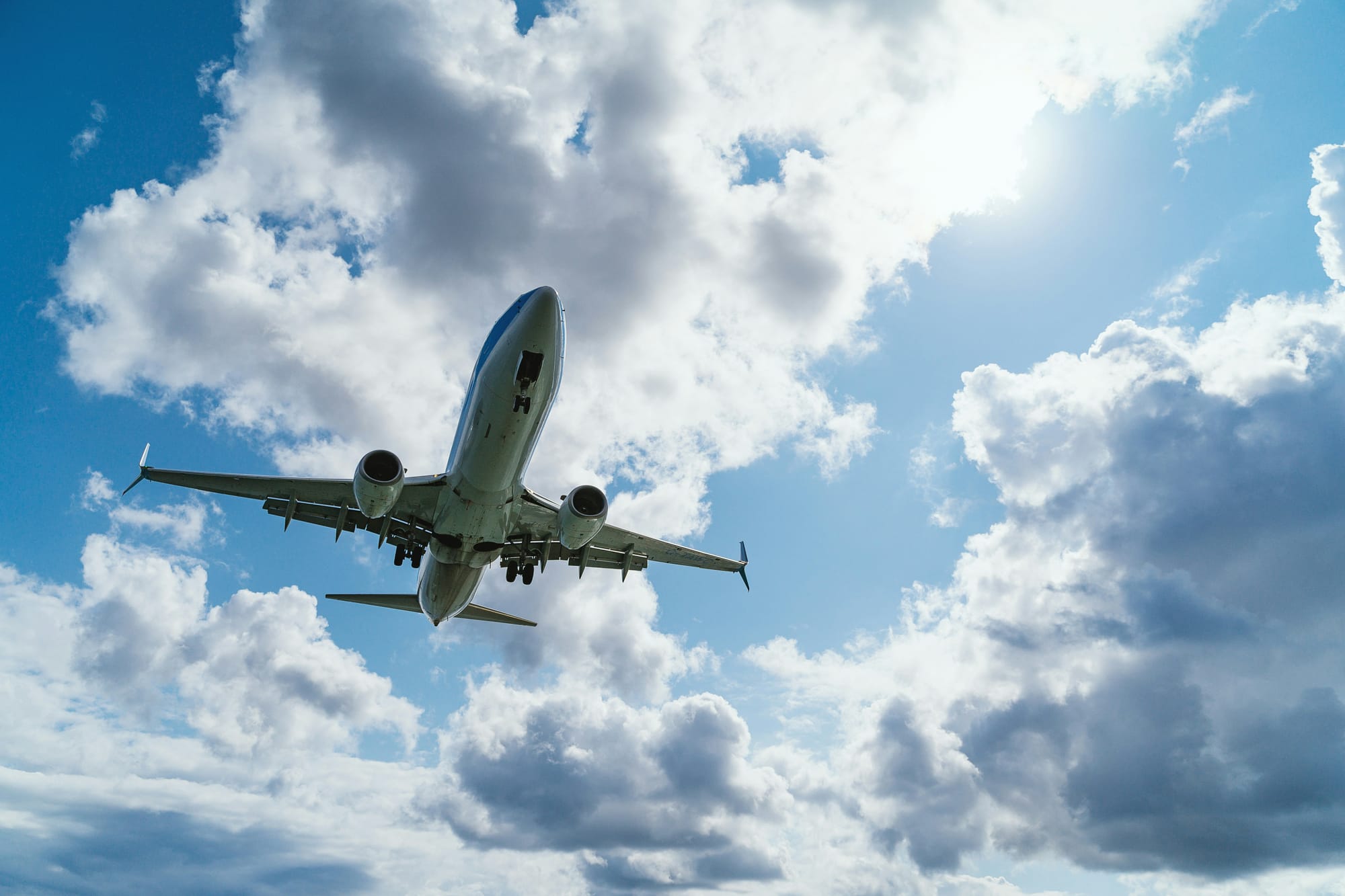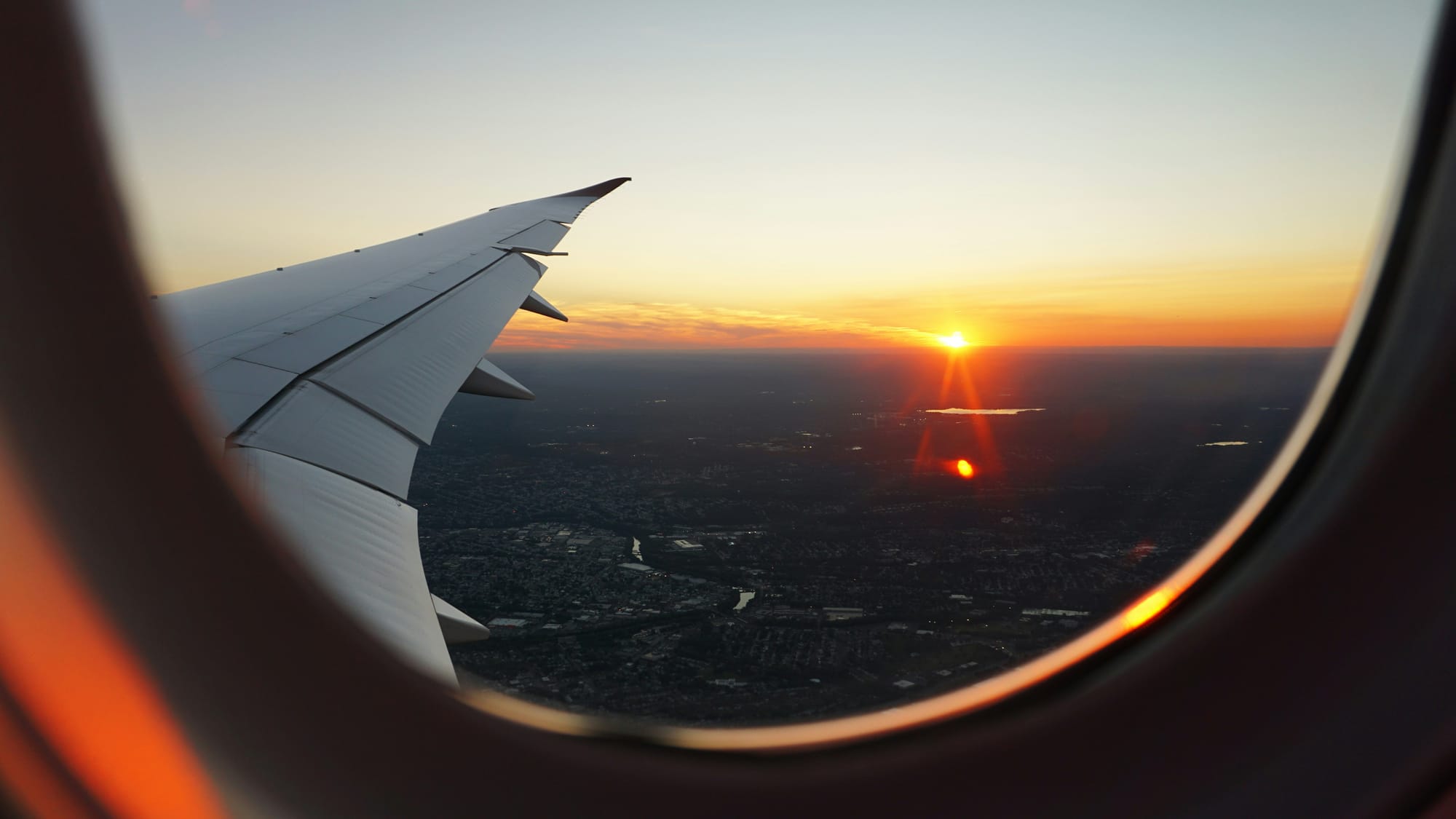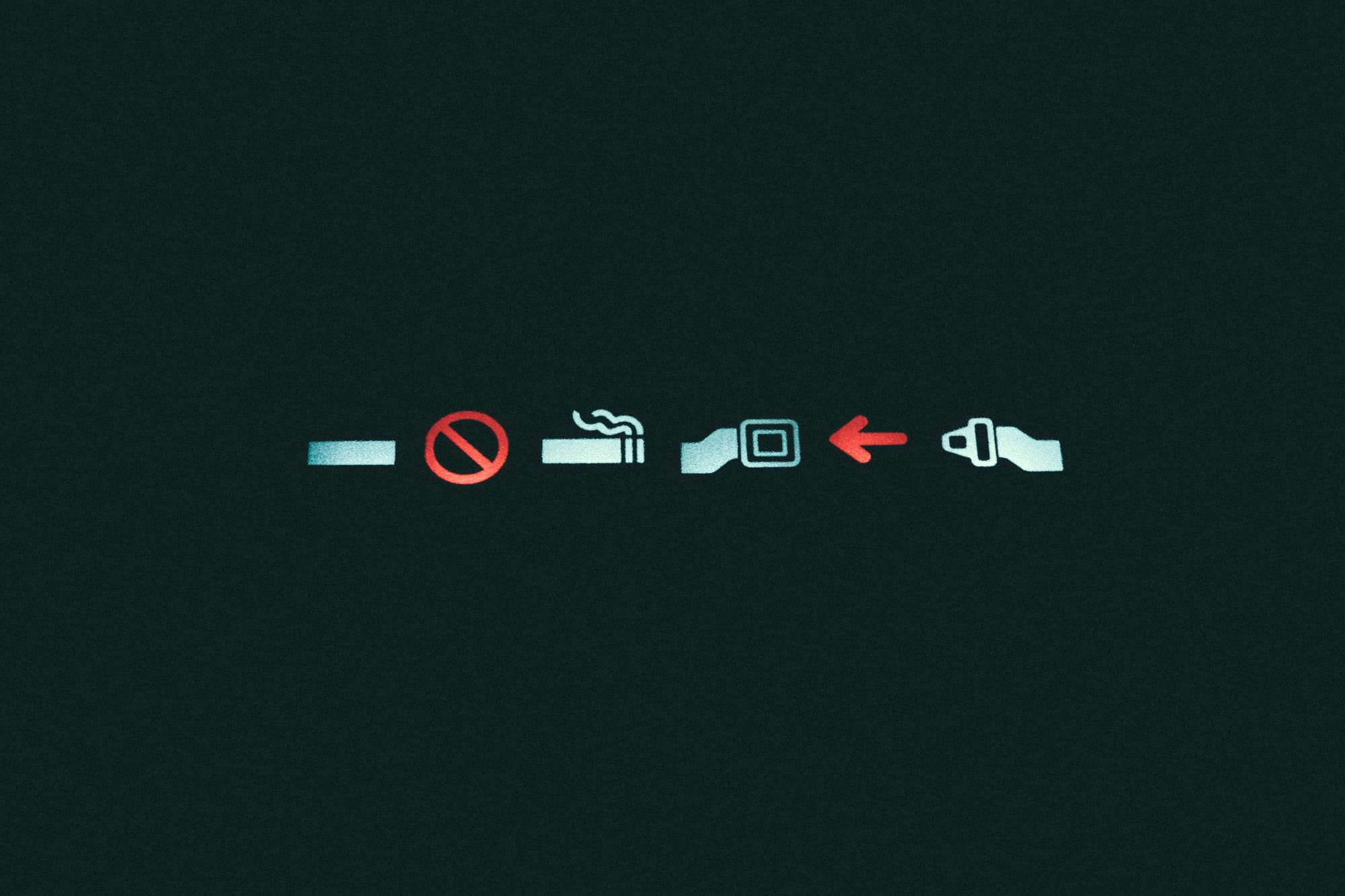Up, Down, and All Around: A Guide to Aviation Turbulence

For frequent flyers, turbulence is a familiar foe. That bumpy feeling during a flight can range from mildly unsettling to downright scary. But what causes this chaotic dance in the sky, and how does it affect the aircraft? Buckle up, because we're taking a deep dive into the world of aviation turbulence.
Classifying the Chaos
Before we explore the culprits, let's understand how turbulence is measured. Pilots use a universal scale: light, moderate, severe, and extreme. Light turbulence is a gentle bump, while extreme turbulence can send the aircraft into a wild ride. Imagine the difference between driving over a speed bump and hitting a pothole on a rough road.
The Troublemakers

Now, let's meet the instigators of this aerial commotion:
- Clear Air Turbulence (CAT): This sneaky villain strikes unexpectedly in seemingly calm, cloudless skies. It's caused by wind shear, where air masses move at different speeds and directions. Imagine a river flowing calmly, then suddenly encountering rapids. Mountain ranges can also trigger CAT as wind whips over the peaks, creating turbulence similar to whitewater rafting in the sky.
- Frontal Turbulence: When warm and cold air masses collide, a clash of the titans occurs. This creates an unstable zone with bumps and updrafts, making for a rough ride near weather fronts. Think of two surfers colliding on a giant wave — that's the kind of bumpy ride you can expect in frontal turbulence.
- Convective Turbulence: Think of a pot of boiling water. Rising hot air creates thermals, air currents that can bounce aircraft around. This type of turbulence is common on hot days near thunderstorms, where powerful updrafts and downdrafts are present. Imagine a hot air balloon bobbing up and down in strong air currents — that's what a plane might experience in convective turbulence.
- Mountain Wave Turbulence: As air flows over mountains, it can create rolling waves in the atmosphere. These waves can be a bumpy experience for aircraft, especially on the lee side of the mountains. Picture a wave in the ocean, but for air. The air rises smoothly on the windward side of the mountain, then creates a choppy descent on the lee side, making for a turbulent ride.
- Mechanical Turbulence: Think wind hitting a building. Rough terrain, buildings, and even other aircraft can create wind shear and eddies, causing turbulence. Imagine driving on a windy day on a bumpy road, but a thousand feet up in the air.
Where to Expect the Bumps

Knowing where these troublemakers lurk can help ease your worries. Here's a turbulence geography lesson:
- CAT: Anywhere, anytime! But it's more frequent near jet streams, high-altitude winds that circle the globe. Think of jet streams as invisible rivers of fast-moving air, and if your plane hits a current going in a different direction, it can be a bumpy ride.
- Frontal Turbulence: Around weather fronts, which are common mid-latitude regions. Think of weather fronts as battle lines between warm and cold air, and flying near these areas is like being caught in the crossfire.
- Convective Turbulence: Around thunderstorms and during hot, sunny days. Avoid flying near storm clouds as much as possible, and be prepared for bumps on hot days, especially during takeoff and landing.
- Mountain Wave Turbulence: Downwind of major mountain ranges. If you're flying over the Rockies or the Himalayas, be prepared for a potentially bumpy ride on the backside of the mountains.
- Mechanical Turbulence: In the vicinity of airports, during takeoff and landing, and near rough terrain. Expect some bumps during these phases of flight, especially if there are strong winds, or you're flying near hilly areas.
Preparing for a Smooth(er) Flight

While turbulence is unpleasant, it's rarely dangerous. Modern aircraft are built to handle bumps with ease. Here are some tips for a calmer journey:
- Fasten your seatbelt and keep it fastened: Always! It's the best defense against getting tossed around.
- Stay hydrated: Dehydration can worsen the feeling of turbulence. Drink plenty of water throughout your flight.
- Relax and take deep breaths: Tensing up will make the bumps feel worse. Focus on relaxing your muscles and take slow, deep breaths.
- Talk to your flight attendant: They are there to answer your questions and calm your anxieties. If you're feeling nervous, let them know, and they can offer reassurance and support.
- Distract yourself: Reading a book, listening to music, or watching a movie can help take your mind off the bumps.
Remember, turbulence is a normal part of flying!





